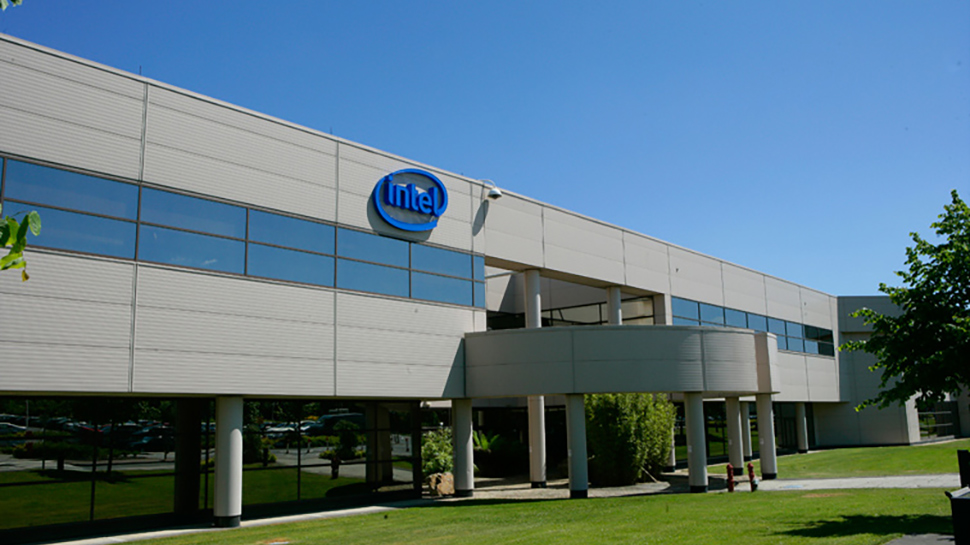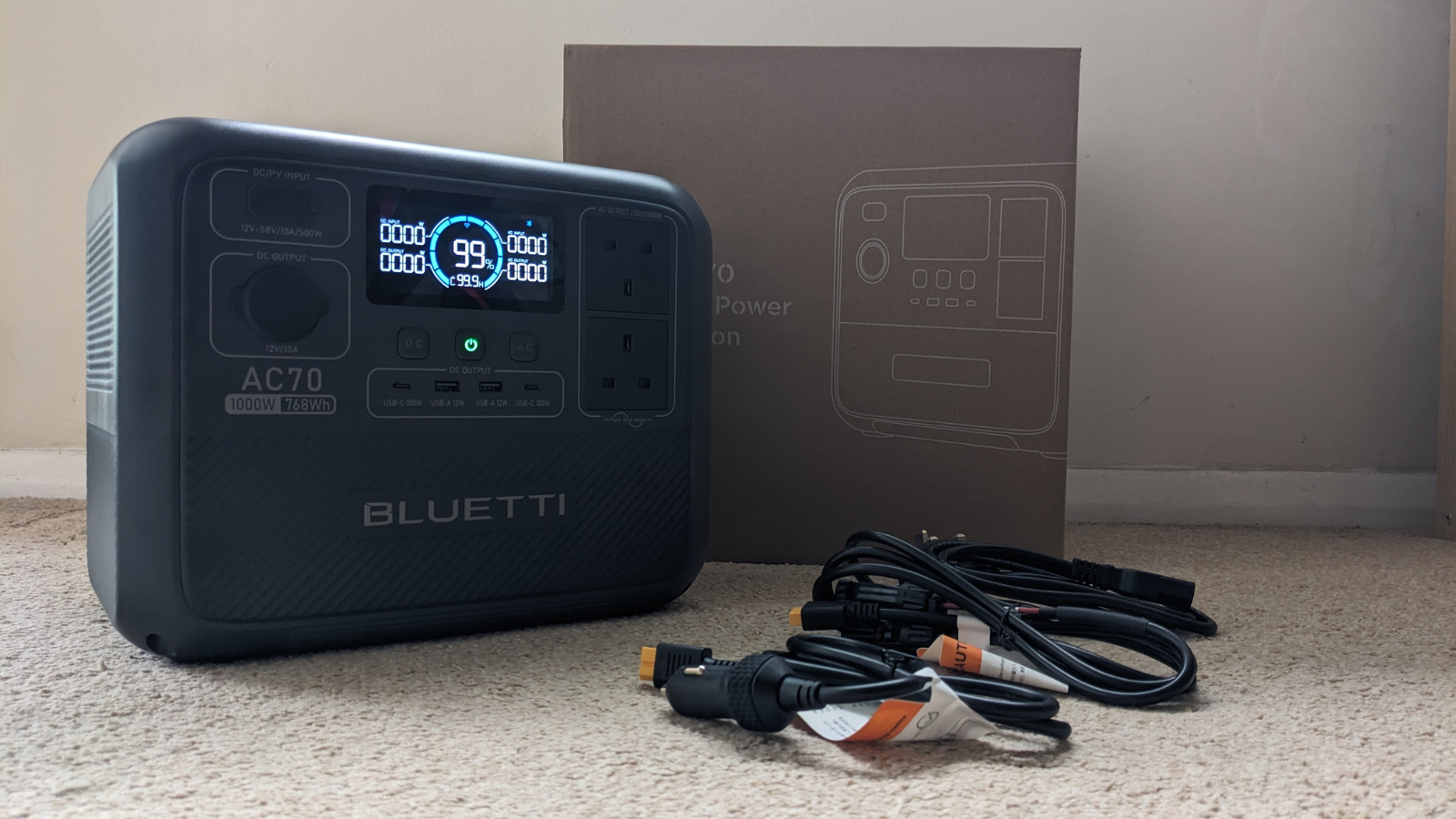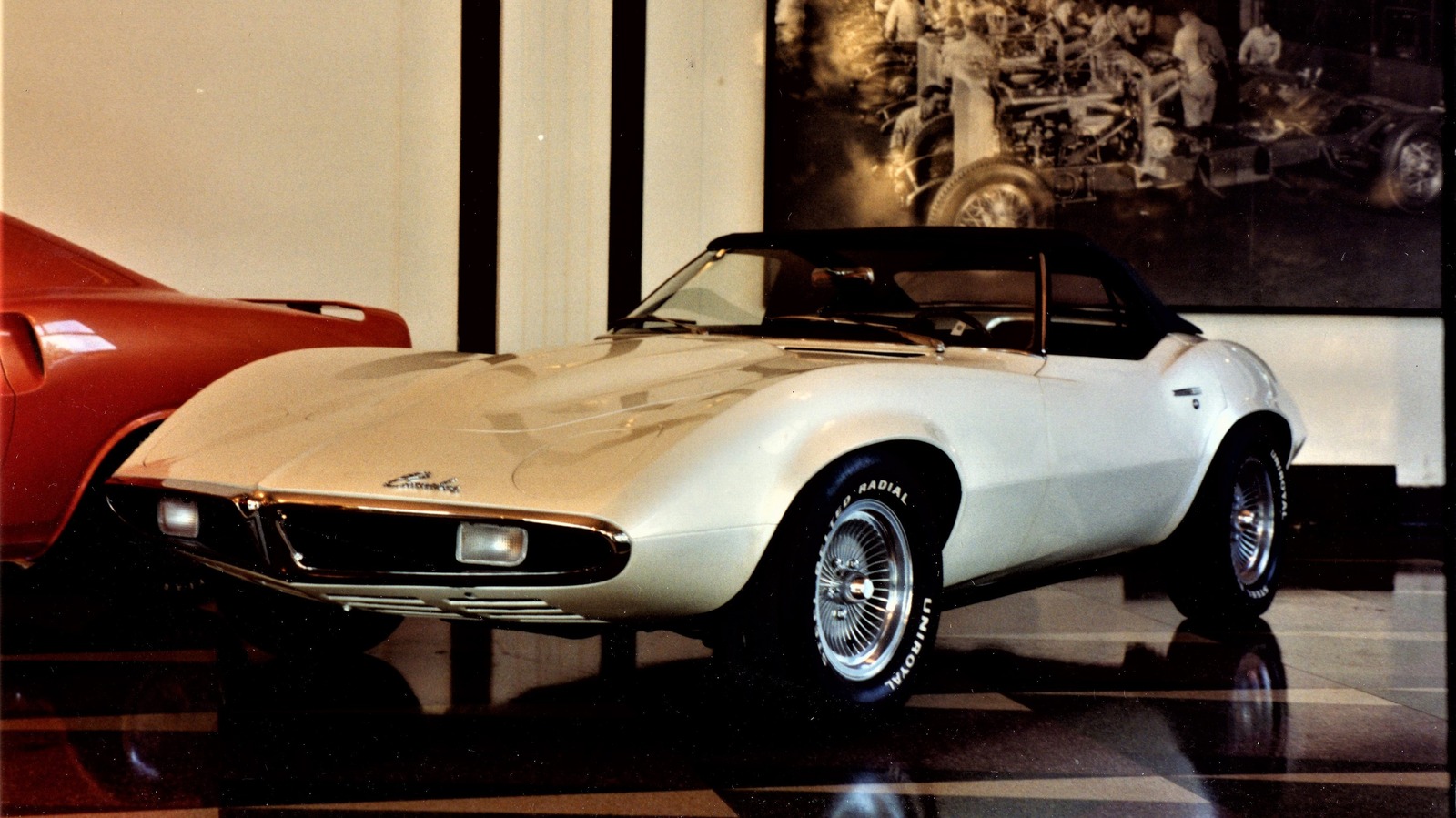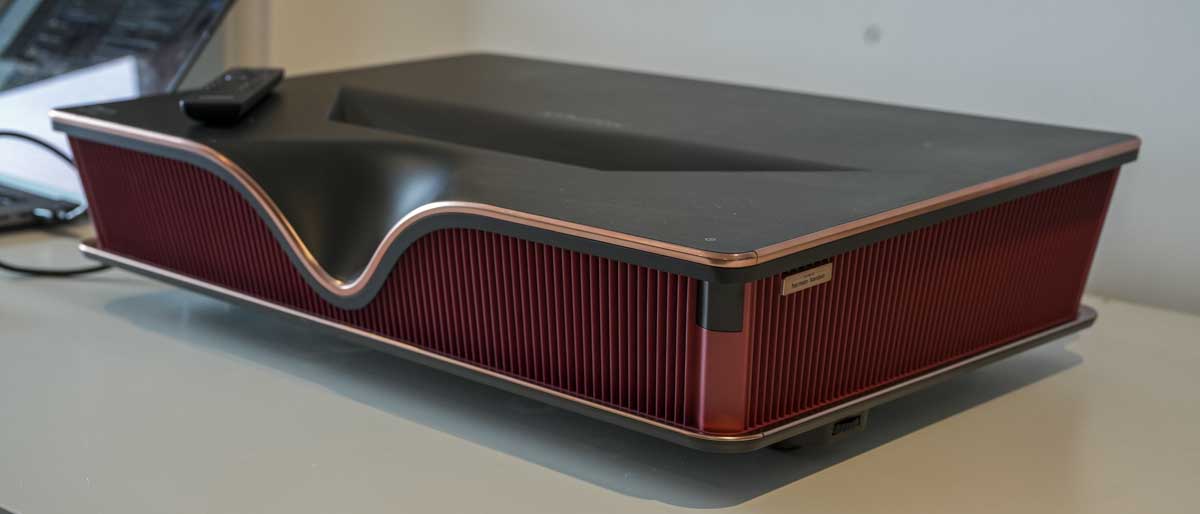Most significant cameras and lenses of the last 25 years, according to the manufacturers
The most significant products of the past 25 years As part of our twenty-fifth anniversary, we asked manufacturers to reflect on the most significant products of the past quarter century. As you might imagine, all the senior executives picked one of their own products. But some patterns also emerged. Some simply named their current flagship as the pinnacle of the company's R&D history so far. But we were also interested to hear about the products that have been significant for the company's history, because they represented major challenges to develop, were risky expansions into new territory or ultimately moved the whole industry forward. In each instance, we asked for a personal choice, rather than what might be the official company line. And, if they couldn't narrow it down to one, we were happy to hear the rationale for other products they thought were significant. Nikon: Z9 Yusuke Adachi, Section Manager, UX Strategy Section, UX Planning Department in Nikon's Imaging Business selected the Z9 with its electronic shutter and Stacked CMOS sensor "So many products were rolled out to the market in the past quarter century!" Nikon's Yusuke Adachi says: " However, I would say the Nikon Z9." Choosing the current flagship model could simply come across as the choice that the marketing department would be happiest with. But Adachi makes an argument for is also being a landmark in technology, pointing to the capabilities made possible by its parallel readout sensor. "One of the biggest challenges in the history of the company is [electronic shutter], which means that when you remove the mechanical shutter. You can actually see exactly the same thing with your camera that you see with your bare eyes. It’s completely synchronized, and it’s called dual streaming. This is something that DSLRs couldn’t do, but the mirrorless camera allows customers to capture things they couldn’t do before." Fujifilm: Finepix X100 Yuji Igarashi, Divisional Manager of Fujifilm's Professional Imaging Group highlighted the importance of the original X100 to the company today Fujifilm's Yuji Igarashi chose the original Finepix X100, which makes sense, given its role in establishing the brand as we recognize it today. "That was the first camera when we stepped up from selling point-and-shoot, entry-level compact cameras," he remembers: "Smartphones were becoming popular and demand for point-and-shoot cameras was declining so fast." "But we were determined to continue and to grow in this industry, so we thought very hard, how can we change our business model. This was our first attempt to do that, using the APS-C-sized sensor. X100 was a huge success, which gave us confidence." "We wouldn’t be here if we didn’t have the X100," he says Fujifilm's "If that failed, we would have been in a very difficult position." Sony: RX1 and G Master lenses Masaaki Oshima (L), Head of Sony's Imaging Entertainment Business, and Masanori Kishi (R), Head of Lens Technology & Systems Business picked out the DSC-RX1 and the original G Master lenses Sony's history in the camera industry goes back a long way, including the Mavica models that were among the first we tested. But its Execs both choose products that represent the seeds of the brand as it's seen today. Interestingly, they eschew the first full-frame mirrorless camera (the a7, or perhaps NEX-VG900, depending on your perspective) and choose instead a camera that showed that the company was serious about photography. "From my personal perspective, there are two cameras, RX1 and Alpha 9," says Masaaki Oshima: "Because they were very hard to produce. I have a lot of memories of launching these two cameras." "The [Cyber-shot DSC-] RX1 is the beginning of our photography culture. Before that, we had launched RX100 series but still inside the world of Cyber-shot, kind of. RX1 is definitely a different world compared with our previous circumstances. That was a very memorable development period." "From the point of view of lenses, the first G-Master lenses are very very memorable," says Masanori Kishi: "The first G-Master lenses were the 85mm F1.4 and 24-70mm F2.8. From these G Master lenses, our technology improvement accelerated and our customers also changed. Customers rated our product highly and that's become a very big motivation for our designers and our engineers. This generated a very positive momentum from this point onward." Tamron: 28-75mm F2.8 Di III RXD Kota Misawa, Manager of the Marketing Planning Department in Tamron's Imaging Products Business chose the Tamron 28-75mm F2.8 Di III RXD Tamron can trace its history back nearly 75 years, so the quarter-of-a-century we're discussing only represents a small portion of its existence. Despite this, its choice was a product that's emblematic of how many people are now likely to think of the company. "Probably the first generation 28-75mm F2.8," says Kota Misawa: "That was a new concept because it was a fast lens, but we changed the focal length f

The most significant products of the past 25 years
 |
As part of our twenty-fifth anniversary, we asked manufacturers to reflect on the most significant products of the past quarter century.
As you might imagine, all the senior executives picked one of their own products. But some patterns also emerged. Some simply named their current flagship as the pinnacle of the company's R&D history so far. But we were also interested to hear about the products that have been significant for the company's history, because they represented major challenges to develop, were risky expansions into new territory or ultimately moved the whole industry forward.
In each instance, we asked for a personal choice, rather than what might be the official company line. And, if they couldn't narrow it down to one, we were happy to hear the rationale for other products they thought were significant.
Nikon: Z9
 |
"So many products were rolled out to the market in the past quarter century!" Nikon's Yusuke Adachi says: " However, I would say the Nikon Z9."
Choosing the current flagship model could simply come across as the choice that the marketing department would be happiest with. But Adachi makes an argument for is also being a landmark in technology, pointing to the capabilities made possible by its parallel readout sensor.
"One of the biggest challenges in the history of the company is [electronic shutter], which means that when you remove the mechanical shutter. You can actually see exactly the same thing with your camera that you see with your bare eyes. It’s completely synchronized, and it’s called dual streaming. This is something that DSLRs couldn’t do, but the mirrorless camera allows customers to capture things they couldn’t do before."
Fujifilm: Finepix X100
 |
Fujifilm's Yuji Igarashi chose the original Finepix X100, which makes sense, given its role in establishing the brand as we recognize it today.
"That was the first camera when we stepped up from selling point-and-shoot, entry-level compact cameras," he remembers: "Smartphones were becoming popular and demand for point-and-shoot cameras was declining so fast."
"But we were determined to continue and to grow in this industry, so we thought very hard, how can we change our business model. This was our first attempt to do that, using the APS-C-sized sensor. X100 was a huge success, which gave us confidence."
"We wouldn’t be here if we didn’t have the X100," he says Fujifilm's "If that failed, we would have been in a very difficult position."
Sony: RX1 and G Master lenses
 |
Sony's history in the camera industry goes back a long way, including the Mavica models that were among the first we tested. But its Execs both choose products that represent the seeds of the brand as it's seen today. Interestingly, they eschew the first full-frame mirrorless camera (the a7, or perhaps NEX-VG900, depending on your perspective) and choose instead a camera that showed that the company was serious about photography.
"From my personal perspective, there are two cameras, RX1 and Alpha 9," says Masaaki Oshima: "Because they were very hard to produce. I have a lot of memories of launching these two cameras."
"The [Cyber-shot DSC-] RX1 is the beginning of our photography culture. Before that, we had launched RX100 series but still inside the world of Cyber-shot, kind of. RX1 is definitely a different world compared with our previous circumstances. That was a very memorable development period."
"From the point of view of lenses, the first G-Master lenses are very very memorable," says Masanori Kishi: "The first G-Master lenses were the 85mm F1.4 and 24-70mm F2.8. From these G Master lenses, our technology improvement accelerated and our customers also changed. Customers rated our product highly and that's become a very big motivation for our designers and our engineers. This generated a very positive momentum from this point onward."
Tamron: 28-75mm F2.8 Di III RXD
 |
Tamron can trace its history back nearly 75 years, so the quarter-of-a-century we're discussing only represents a small portion of its existence. Despite this, its choice was a product that's emblematic of how many people are now likely to think of the company.
"Probably the first generation 28-75mm F2.8," says Kota Misawa: "That was a new concept because it was a fast lens, but we changed the focal length from 24mm to 28mm, and users accepted this concept. We knew that if we had a unique concept and we could let users know what that concept was, then people would understand. After that, we started to change, and we started developing unique lenses."
"That lens was controversial, even in our own company, and some people were not confident that it would be accepted by users, so we were really relieved that it was."
Sigma: 35mm F1.4 Art and 18-35mm F1.8 Art
 |
It's not a dissimilar story for Sigma, which has gone from a respected producer of affordable lenses to an acclaimed maker of top-class photographic gear. Kazuto Yamaki chooses the lens that marked the beginning of that change, the 35mm F1.4 Art.
"It’s the first Art lens in the series and it’s the first lens after we introduced the three series: Art, Contemporary, Sports," he explains: "If we’d failed with the launch of the 35mm F1.4, Sigma may not have survived until today. It was very fortunate that the customer received it very well and we could survive in the industry."
"If I could pick another it would be the 18-35mm F1.8 for APS-C," he says, looking to the more adventurous side of the company's products: "We wanted to implement the first F one-point zoom lens: that was the only motivation. But after we launched the lens, we realized that videographers and cinematographers really loved that lens. So with the introduction of this lens, we started getting interested in joining the cine lens business, so I love these two lenses."
OM System: Olympus Camedia C-2000 Zoom
 |
Hats off to OM System's Kazuhiro Togashi for staying true to the question and giving us his personal choice, and the story behind it. Rather than simply naming a recent model, Togashi looked back to just the eighth camera reviewed here.
"If I had to name one model, it would be the Camedia C-2000 Zoom," he says.
"When I first joined Olympus, maybe 60% of the market was film cameras." he explains: " About three years before I entered Olympus the first digital camera emerged from Casio, so for me, the digital camera was very impactful in these 25 years. Before digital cameras launched, only a limited number of people used and enjoyed cameras, because shooting skills were required and to develop photos cost money. Digital cameras influenced culture for a lot of people worldwide"
"Then smartphones expanded interest in still images and movies even more. But the change from film to digital left a big impression for me."
Canon: EOS Digital Rebel
 |
Known to us as the Canon EOS 300D (DPReview was based in London at the time), the original Digital Rebel was the first DSLR with a list price under $1000. This helped maintain Canon's position as the world's largest camera maker into the digital era, as well as playing a key role in popularizing CMOS sensor technology.
"It played a very important role in shifting [the market] from film to the digital DSLR," says Go Tokura: "Since 2003, Canon has sold more than 1 million of them."
"And if we can add one more product, it would be the ‘hero’ model of our mirrorless lineup, the EOS R5."
Panasonic: Lumix DMC-G1
 |
Panasonic gave us one of the shortest answers, but perhaps it's a choice that doesn't need much further explanation. The Panasonic Lumix DMC-G1 was the first camera of its kind, prompting us to have to find a way to describe it. Despite concerns from some manufacturers that it could imply their products were somehow lacking, we settled on "mirrorless," for this new generation of cameras.
"[I'd choose] the Lumix G1," says Toshiyuki Tsumura: "Fifteen years ago, no professional photographer used mirrorless, but now almost all professional photographers use mirrorless."
This focus on professionals risks under-selling the importance of the G1; in the nearly sixteen years since its announcement, mirrorless cameras have come to dominate almost every part of the camera industry. Not bad for a company that didn't even release a digital camera until nearly two years into this website's history.
Article based on interviews conducted at CP+ 2024 in Yokohama, Japan, by Richard Butler and Dale Baskin.



























